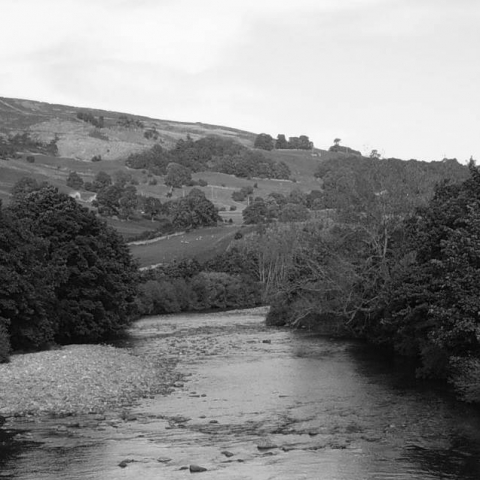Recreational Benefits Assessment
Recreational Benefits Assessment is closely related to the valuation of environmental goods and ecosystem services. The assessment of recreational benefits can be a very important aspect of any project that directly or indirectly affects, enhances or creates recreational opportunities. Such assessments need to take account of the types of recreational opportunities as well as the number of participants, as these all affect the monetary values that can be assigned to changes in the quality and frequency of recreational opportunities.
The main techniques we employ are travel cost or replacement cost methods. These can apply existing values or benefit transfer approaches to place a value on the loss or gain in activities and level of enjoyment associated with recreational opportunities. We use this information to help inform impact assessment and options appraisal in several areas. In the course of our work, for example, recreational benefits assessment has been fed into:
- Designation and extension of designation to wildlife and habitat sites (including marine sites)
- Changes in land use and other measures to deliver water resources or water quality benefits (particularly under the Water Framework Directive)
- Flood risk management and land drainage (with impacts to recreation assets taken into account when determining what is at risk from flooding or erosion)
- Renewable energy projects
Where schemes or policy options affect habitat quality, assessment of recreational benefits is closely linked to anticipated changes in biodiversity. In addition to the challenges of applying monetary values to sometimes complex and marginal changes in recreational opportunities, recreational benefits assessment requires the gathering and generation of data on the extent of use of particular resources for recreational purposes. Tourism and recreation surveys are useful resources for such data but, often, direct consultation with recreational users and user groups is required (see 'stakeholder engagement') to establish reliable estimates of rates of use and likely changes. We have also employed Geographical Information System (GIS) techniques to identify baselines and predict changes in values.
If you would like further information, please contact our experts below.





